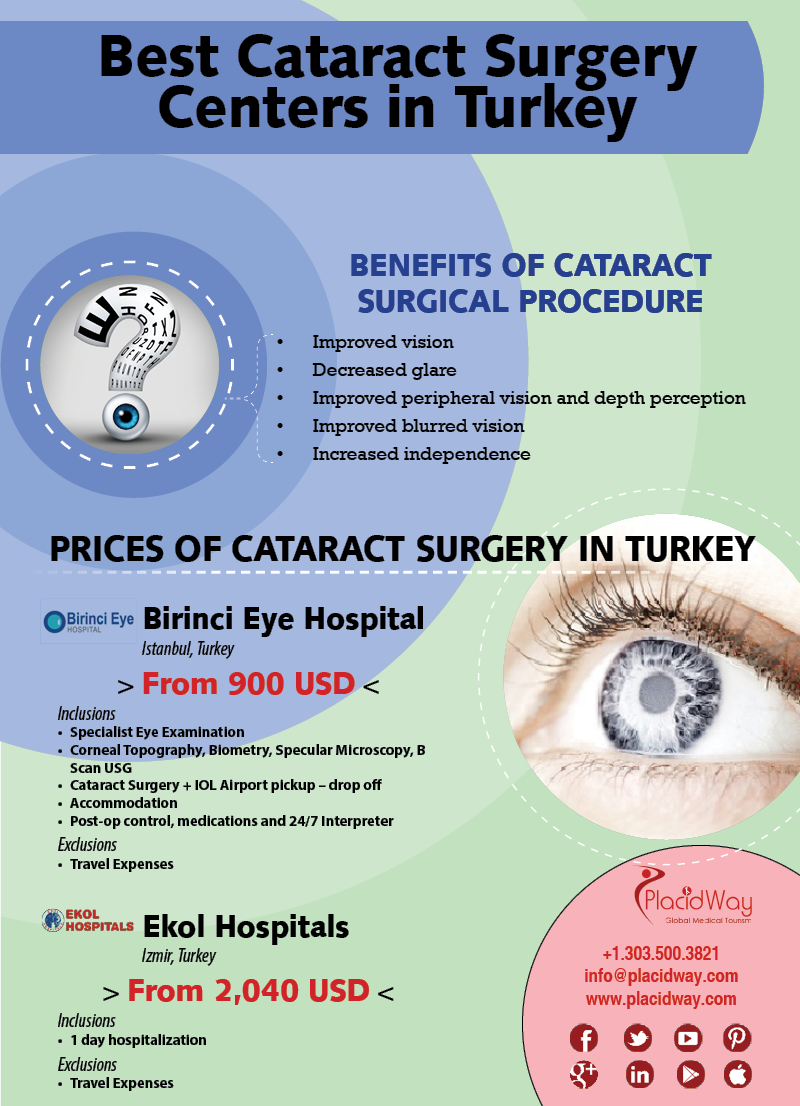Analyzing The Pros And Cons Of Conventional Cataract Surgical Treatment Compared To Laser-Assisted Techniques
Analyzing The Pros And Cons Of Conventional Cataract Surgical Treatment Compared To Laser-Assisted Techniques
Blog Article
Author-Ennis Hebert
When considering the selection between conventional cataract surgical treatment and laser-assisted techniques, you might find yourself considering the benefits and drawbacks each approach offers. The choice goes beyond the surface area level of price and precision, delving into the realm of long-lasting end results and client contentment. As you navigate via the intricacies of these two methods, it comes to be critical to recognize the nuanced information that can significantly affect your visual clarity and overall experience. Keep tuned to discover the vital aspects that will assist your decision-making procedure in this vital facet of eye care.
Typical Cataract Surgical Treatment Benefits And Drawbacks
When taking into consideration traditional cataract surgery, you might locate that it's a reputable and widely-used strategy. In this treatment, a doctor makes a small laceration in the eye and utilizes ultrasound to break up the over cast lens prior to removing it. Once the cataract is removed, a fabricated lens is placed to recover clear vision.
One of the primary benefits of conventional cataract surgery is its track record of success. Lots of patients have had their vision considerably improved with this treatment. Additionally, typical surgical procedure is usually covered by insurance, making it a more available option for several individuals.
Nonetheless, there are how long does outpatient cataract surgery take to standard cataract surgical procedure also. Healing time can be longer contrasted to newer strategies, and there's a slightly greater risk of problems such as infection or swelling. Some individuals might also experience astigmatism or call for analysis glasses post-surgery.
Laser-Assisted Techniques Pros and Cons
Discovering laser-assisted strategies for cataract surgical procedure unveils a modern approach that utilizes laser modern technology to do key steps in the treatment. One of the key advantages of laser-assisted cataract surgical treatment is its accuracy. The laser enables incredibly precise cuts, which can result in much better visual outcomes. Furthermore, using lasers can decrease the amount of ultrasound power needed during the surgical treatment, possibly reducing the danger of problems such as corneal damages.
On the drawback, laser-assisted techniques can be more costly compared to typical methods. This cost mightn't be covered by insurance coverage, making it much less easily accessible to some clients.
One more consideration is that not all cataract surgeons are trained in laser modern technology, which can restrict your alternatives for selecting a surgeon.
Lastly, while the laser can automate particular elements of the procedure, the surgery still calls for an experienced specialist to ensure effective outcomes.
Comparative Analysis of Both Approaches
For a comprehensive understanding of cataract surgical procedure methods, it's necessary to carry out a relative evaluation of both traditional and laser-assisted approaches.
Conventional cataract surgical treatment includes manual incisions and the use of portable devices to separate and get rid of the gloomy lens.
On the other hand, laser-assisted cataract surgery utilizes advanced modern technology to develop specific incisions and break up the cataract with laser energy prior to removing it.
In regards to accuracy, laser-assisted strategies offer a higher degree of precision contrasted to standard methods. Making LASIK Surgeon of lasers enables customization of the procedure based on each person's eye makeup, potentially resulting in far better aesthetic results.
Nevertheless, laser-assisted cataract surgical treatment often tends to be a lot more expensive than typical surgical procedure, which may limit ease of access for some individuals.
While both techniques work in restoring vision impaired by cataracts, the choice between standard and laser-assisted techniques typically depends on elements such as price, precision, and specific patient needs.
Consulting with your eye doctor can help establish the most ideal strategy for your cataract surgery.
Conclusion
In conclusion, when deciding in between typical cataract surgical treatment and laser-assisted techniques, consider factors like cost, accuracy, and individual needs. Standard surgical procedure supplies a tried and tested track record and insurance protection yet may include longer recovery times. Laser-assisted methods offer greater accuracy and personalization yet can be a lot more pricey and not constantly covered by insurance coverage. Inevitably, the option in between both approaches depends upon what is crucial to you and your particular circumstance.
